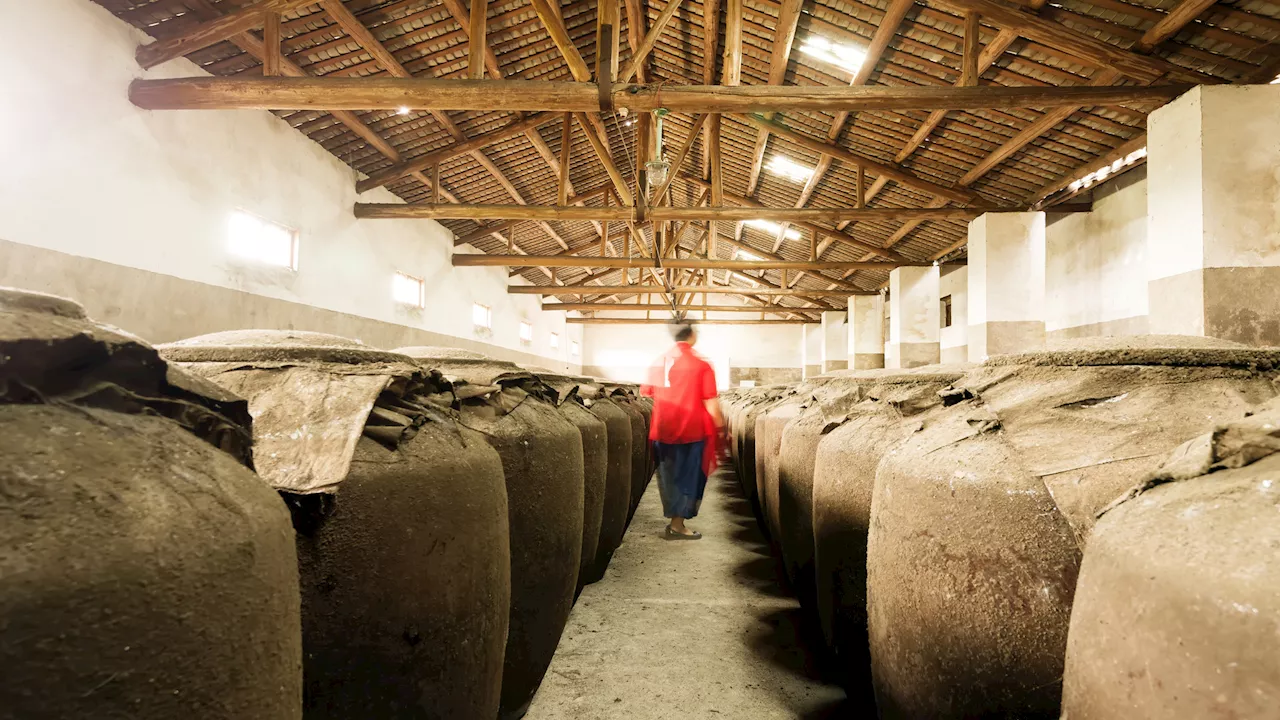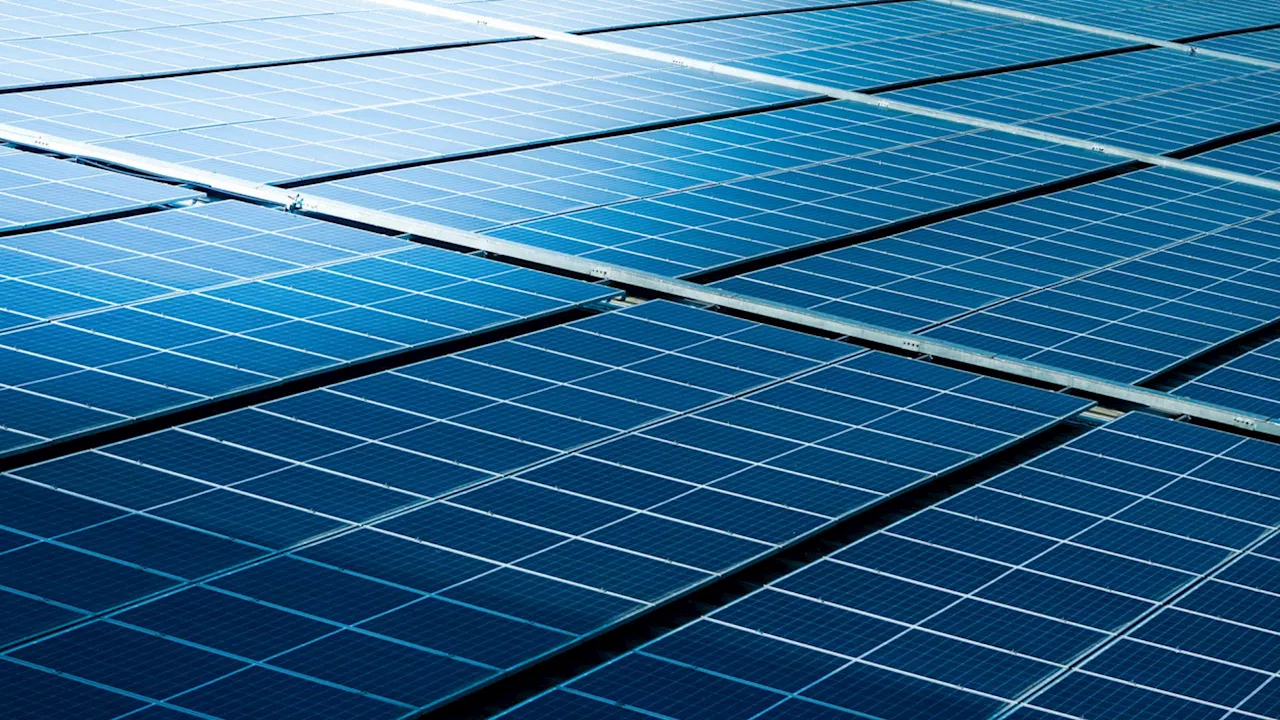Researchers at Université de Sherbrooke have developed a new type of solar cell using III-V materials that achieves record open-circuit voltages. This innovative design, utilizing indium gallium phosphide, indium gallium arsenide, and germanium, holds promise for concentrated photovoltaics (CPV) applications.
The solar cell design features indium gallium phosphide (InGaP), indium gallium arsenide (InGaAs), and germanium (Ge). The cell, developed by a team from Université de Sherbrooke, highlights a record open-circuit voltage of 2.39 V for a 0.25 mm² cell and 2.28 V for a 0.04 mm² cell, showing effective edge protection. The cells were tested under standard illumination, with the 0.25 mm² cell also achieving 30.61 percent efficiency.
The micrometer-scale III-V (alloys made from elements in groups III and V of the periodic table) solar cell is intended for applications in concentrated photovoltaics (CPV).III–V materials are key for making semiconductors with adjustable bandgaps, enabling solar cells to capture a wide range of light, from ultraviolet to mid-infrared. By stacking III–V layers (multijunction cells), solar cells achieve higher efficiency compared to silicon-based cells, with current records at 39.5 percent. However, III–V materials are expensive, costing over 100 times more than widely-used silicon. Plasma etching is used to create solar cells in various sizes and shapes, including square, round, triangular, and maple-leaf designs. CPV systems help lower costs by using lenses to focus sunlight, reducing the amount of III–V material needed and improving performance, as voltage increases with light concentration. CPV has achieved efficiencies above 44.4 percent under concentrated sunlight. Yet, silicon’s declining costs make CPV less competitive. Miniaturizing CPV cells to sub-millimeter sizes shows promise, offering better thermal management and reduced energy losses. However, smaller cells face challenges like increased edge defects, which reduce voltage. Plasma dicing, especially with hydrogen, minimizes these defects and boosts efficiency.in various shapes and sizes. Solar cells are made from a commercial InGaP/InGaAs/Ge wafer. The process begins by adding a front contact with low resistance to improve performance under high sunlight concentration
SOLAR CELLS III-V MATERIALS CONCENTRATED PHOTOVOLTAICS OPEN-CIRCUIT VOLTAGE PLASMA DICING
United States Latest News, United States Headlines
Similar News:You can also read news stories similar to this one that we have collected from other news sources.
 ‘Massive’ Black Bear Thrills Researchers In MississippiThe Black Bear Program in Mississippi celebrated a jumbo-sized black bear, the largest in the program's history. Black bears are designated as endangered in the state.
‘Massive’ Black Bear Thrills Researchers In MississippiThe Black Bear Program in Mississippi celebrated a jumbo-sized black bear, the largest in the program's history. Black bears are designated as endangered in the state.
Read more »
 Chinese researchers replicate 2,000-year-old bronze vessel to make distilled wineChinese archaeologists have successfully made distilled ancient wine using a replica of a bronze vessel dating back 2,000 years.
Chinese researchers replicate 2,000-year-old bronze vessel to make distilled wineChinese archaeologists have successfully made distilled ancient wine using a replica of a bronze vessel dating back 2,000 years.
Read more »
 Tears and contact lenses, an unlikely pair in medical heaven, BYU researchers findA group of researchers at BYU have found a way to collect tears in a painless way: via contact lenses. Tears can be collected to see indicators of many diseases from Alzheimer's to diabetic complications. Collecting is a vital process of doing that.
Tears and contact lenses, an unlikely pair in medical heaven, BYU researchers findA group of researchers at BYU have found a way to collect tears in a painless way: via contact lenses. Tears can be collected to see indicators of many diseases from Alzheimer's to diabetic complications. Collecting is a vital process of doing that.
Read more »
 BYU researchers find contact lenses may do more than replace glassesA group of researchers at BYU have found a way to collect tears in a painless way: via contact lenses. Tears can be collected to see indicators of many diseases from Alzheimer's to diabetic complications. Collecting is a vital process of doing that.
BYU researchers find contact lenses may do more than replace glassesA group of researchers at BYU have found a way to collect tears in a painless way: via contact lenses. Tears can be collected to see indicators of many diseases from Alzheimer's to diabetic complications. Collecting is a vital process of doing that.
Read more »
 What the Last Trump Tariffs Did, According to ResearchersThe U.S.-China trade war from Trump’s first administration offers a glimpse of the effects a more protectionist trade policy might have this time around.
What the Last Trump Tariffs Did, According to ResearchersThe U.S.-China trade war from Trump’s first administration offers a glimpse of the effects a more protectionist trade policy might have this time around.
Read more »
 What the Last Trump Tariffs Did, According to ResearchersThe U.S.-China trade war from Trump’s first administration offers a glimpse of the effects a more protectionist trade policy might have this time around.
What the Last Trump Tariffs Did, According to ResearchersThe U.S.-China trade war from Trump’s first administration offers a glimpse of the effects a more protectionist trade policy might have this time around.
Read more »
